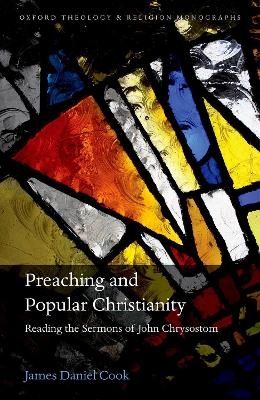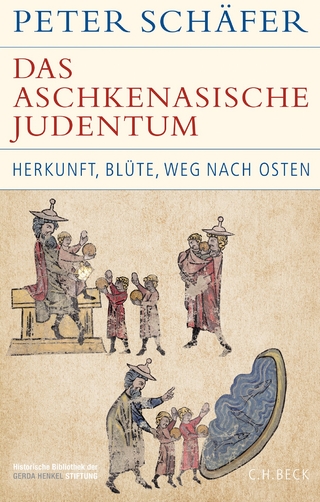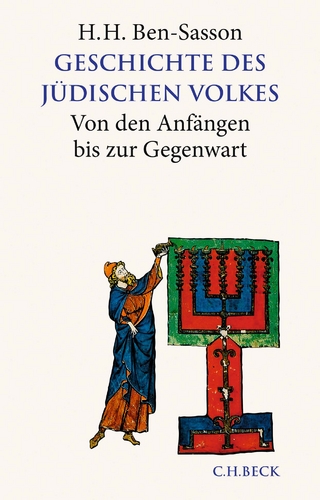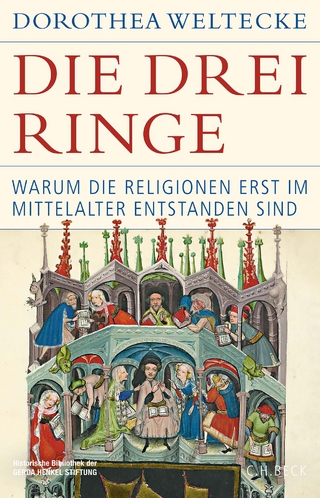
Preaching and Popular Christianity
Reading the Sermons of John Chrysostom
Seiten
2019
Oxford University Press (Verlag)
978-0-19-883599-8 (ISBN)
Oxford University Press (Verlag)
978-0-19-883599-8 (ISBN)
This study reassess how we read Chrysostom's sermons, with a particular focus on the stern language which permeated his preaching, and on which the image of the contrary congregation is largely based. In doing this, it recovers a neglected portrayal of Chrysostom as a pastor and of preaching as a pastoral and liturgical activity.
The vast homiletic corpus of John Chrysostom has received renewed attention in recent years as a source for the wider cultural and historical context within which his sermons were preached. Scholars have demonstrated the exciting potential his sermons have to shed light on aspects of daily life, popular attitudes, and practices of lay piety. In short, Chrysostom's sermons have been recognised as a valuable source for the study of 'popular Christianity' at the end of the fourth century. This study, however, questions the validity of some recent conclusions. James Daniel Cook illustrates that Chrysostom is often seen as at odds with the congregations to whom he preached. On this view, the Christianity of élites such as Chrysostom had made little inroads into popular thought beyond the fairly superficial, and congregations were still living with older, more culturally traditional views about religious beliefs which preachers were doing their utmost to overcome. Cook argues that such a portrayal is based on a misreading of Chrysostom's sermons and fails to explain satisfactorily the apparent popularity that Chrysostom enjoyed as a preacher.
Preaching and Popular Christianity: Reading the Sermons of John Chrysostom reassesses how we read Chrysostom's sermons, with a particular focus on the stern language which permeated his preaching, and on which the image of the contrary congregation is largely based. In doing this, Cook recovers a neglected portrayal of Chrysostom as a pastor and of preaching as a pastoral and liturgical activity, and it becomes clear that his use of critical language says more about how he understood his role as preacher than about the nature of popular Christianity in late-antique society. Thus, a very different picture of late-antique Christianity emerges, in which Chrysostom's congregations are more willing to listen and learn from their preacher than is often assumed.
The vast homiletic corpus of John Chrysostom has received renewed attention in recent years as a source for the wider cultural and historical context within which his sermons were preached. Scholars have demonstrated the exciting potential his sermons have to shed light on aspects of daily life, popular attitudes, and practices of lay piety. In short, Chrysostom's sermons have been recognised as a valuable source for the study of 'popular Christianity' at the end of the fourth century. This study, however, questions the validity of some recent conclusions. James Daniel Cook illustrates that Chrysostom is often seen as at odds with the congregations to whom he preached. On this view, the Christianity of élites such as Chrysostom had made little inroads into popular thought beyond the fairly superficial, and congregations were still living with older, more culturally traditional views about religious beliefs which preachers were doing their utmost to overcome. Cook argues that such a portrayal is based on a misreading of Chrysostom's sermons and fails to explain satisfactorily the apparent popularity that Chrysostom enjoyed as a preacher.
Preaching and Popular Christianity: Reading the Sermons of John Chrysostom reassesses how we read Chrysostom's sermons, with a particular focus on the stern language which permeated his preaching, and on which the image of the contrary congregation is largely based. In doing this, Cook recovers a neglected portrayal of Chrysostom as a pastor and of preaching as a pastoral and liturgical activity, and it becomes clear that his use of critical language says more about how he understood his role as preacher than about the nature of popular Christianity in late-antique society. Thus, a very different picture of late-antique Christianity emerges, in which Chrysostom's congregations are more willing to listen and learn from their preacher than is often assumed.
James Cook received his DPhil from Christ Church, Oxford. He is currently training for ordination in the Church of England at Ridley Hall, Cambridge.
Note on Abbreviations
Part I: Introduction
1: Introduction
2: The State of the Evidence
Part II: The Nature of the Sermon
3: Preaching and the School
4: Preaching and the Cure of Souls
5: Prophetic Preaching
6: Preaching and the Liturgy
Part III: Implications
7: The Congregation
8: Conclusion
Appendix: The Use of lectio continua
Bibliography
| Erscheinungsdatum | 10.01.2019 |
|---|---|
| Reihe/Serie | Oxford Theology and Religion Monographs |
| Verlagsort | Oxford |
| Sprache | englisch |
| Maße | 163 x 236 mm |
| Gewicht | 510 g |
| Themenwelt | Geschichte ► Teilgebiete der Geschichte ► Religionsgeschichte |
| Religion / Theologie ► Christentum ► Kirchengeschichte | |
| Religion / Theologie ► Christentum ► Liturgik / Homiletik | |
| ISBN-10 | 0-19-883599-X / 019883599X |
| ISBN-13 | 978-0-19-883599-8 / 9780198835998 |
| Zustand | Neuware |
| Haben Sie eine Frage zum Produkt? |
Mehr entdecken
aus dem Bereich
aus dem Bereich
Herkunft, Blüte, Weg nach Osten
Buch | Hardcover (2024)
C.H.Beck (Verlag)
39,00 €
Von den Anfängen bis zur Gegenwart
Buch | Hardcover (2022)
C.H.Beck (Verlag)
34,00 €
warum die Religionen erst im Mittelalter entstanden sind
Buch | Hardcover (2024)
C.H.Beck (Verlag)
38,00 €


